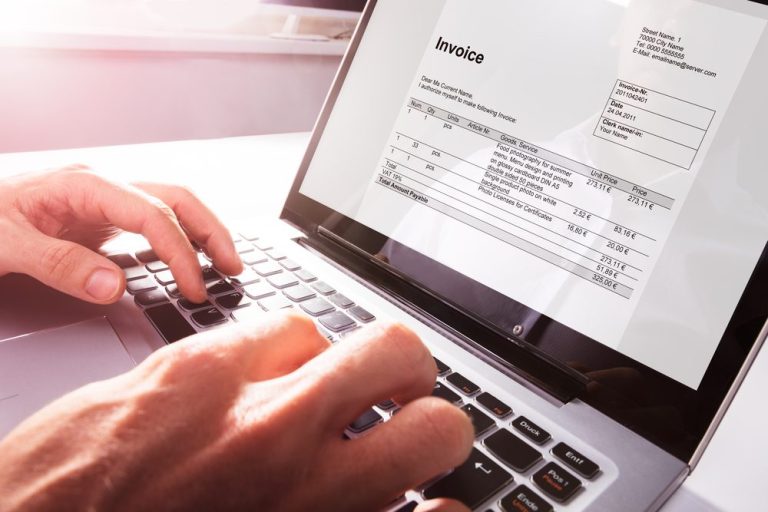PYMNTS Intelligence: Technology Is Needed to Safeguard Faster Payments

Robust fraud prevention measures, having always been an important tool for businesses, are now a must. When payments took hours or days to go through, companies had more time to verify the authenticity of invoices and perhaps even claw back funds accidentally sent to fraudsters. Now, however, businesses using faster payments no longer have this leeway.
Once sent, real-time payments are irrevocable, making it far more challenging, if not impossible, to resolve fraud events. PYMNTS found that irrevocability is the most common pain point for U.S. businesses using real-time payments, with 69% of firms citing it as a problem. It is therefore crucial that companies have the right fraud detection solutions in place before transactions are processed.
Invoice Verification Is Critical to Stopping Faster Payments Fraud![]()
Although fraud prevention involves many components, invoice verification stands out as one of the most important in the context of faster payments. Verification is essential to guarantee that payments are sent to — and sensitive banking information is being shared with — legitimate recipients and not fraudsters.
This is make-or-break because invoice fraud is both common and costly. Between December 2021 and February 2022, for example, this fraud type accounted for 55% of all the money lost to scams by Barclays small- to medium-sized business (SMB) clients, a 6% increase from the previous year, according to the bank. It is not just SMBs that are affected, either: Of the respondents that had experienced fraud in a Faster Payments Council survey, 50% had experienced invoice fraud and 64% had experienced vendor impersonation fraud.
Companies should therefore use technology that allows them to ensure payment details are verified during onboarding and whenever there are requests to update banking information. This has been a struggle for many companies, as a PYMNTS report found that 49% of companies view verifying the identities of new business customers as a significant challenge needing to be addressed. It is also important to verify that invoices are indeed coming from legitimate actors and to do so in a robust, automated manner.
Companies that have adopted these types of solutions have seen better outcomes than those that have not. Approximately 50% of organizations that implemented digital identity verification and fraud prevention are at least very satisfied with their current solutions, while only 17% of firms with manual solutions feel the same, according to a PYMNTS report. Another PYMNTS study found that 46% of companies using manual anti-fraud solutions said fraud fears made it difficult for customers to work with them, whereas only 26% of firms using automated solutions endorsed this view.
Companies Need to Do a Lot More to Combat Fraud
Troublingly, there is much work to be done. Many companies simply have not done enough to implement fraud detection and prevention solutions, especially around authentication capabilities. PYMNTS’ data determined that only 38% of businesses are using document and identity authentication tools.
The situation is not much better for firms using faster payments, as the Faster Payments Council’s survey found that less than half of respondents had adopted new technology controls to combat faster payments-related fraud. In a world of faster and easier B2B payments, companies that have not adopted robust authentication and verification measures should certainly prioritize doing so.